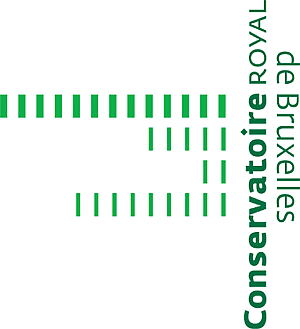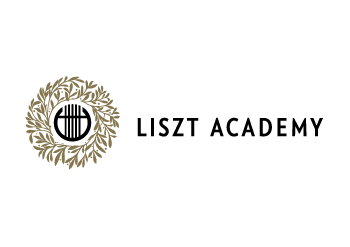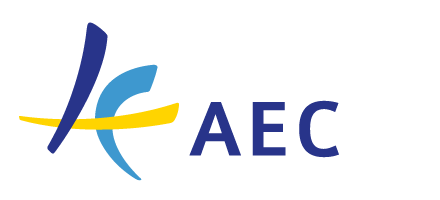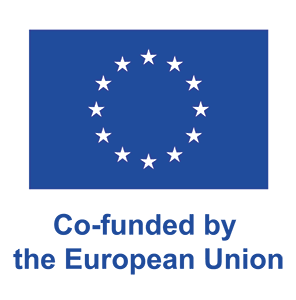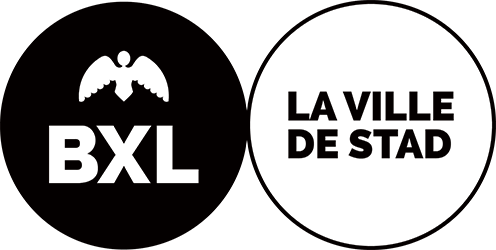Further information
-
assessment
Exam with grade E , Semester grade S , Comprehensive exam CE , Other (The relative weight of the work in this course is: Homework - 25% Tests - 30% (15% each) Project No. 1 - 15% Project No. 2 - 30%) -
level
Advanced, Expert -
 Completed Semester1st or 2nd Semester
Completed Semester1st or 2nd Semester -
How many semesters does the course last?
1 -
hours per week
2 -
 Link of the course
Link of the course -
 Target group of courseInstrumentalists, advanced
Target group of courseInstrumentalists, advanced
Music theory students, advanced -
 credits2
credits2 -
 Type of CourseLecture
Type of CourseLecture -
Degree Level
Master, PHD -
 e-learning-elementsonline exercises
e-learning-elementsonline exercises -
Course
Optional -
Max. 20
students #
-
Hours per year
80 -
BIBLIOGRAPHY
Articles:- Robert Hasegawa: Tone Representation and Just Interval
- Ernst Terhardt: The Concept of Consonance
- Plomp & Levelt: Tonal Consonance and Critical Bandwith
- Roy Travis: Towards a New Concept of Tonality
- Steve Larson: The Problem of Prolongation in Tonal Music
- Joseph Straus: The Problem of Prolongation in Post-Tonal Music
- Olli Väisälä: Concepts of Harmony and Prolongation in Schönberg Op. 19 No. 2
- Unsuk Chin: Piano Étude No. 2
- Franco Donatoni: Spiri
- Georg Friedrich Haas: String Quartet No. 8
- Magnus Lindberg: Granduo
- Morton Feldman: Coptic Light
- Olivier Messiaen: Turangalila Symphony – V “Joie du sang des étoiles”
- Schönberg: Op. 19 No. 2
- Scriabin: Sonata No. 9
- Oliver Knussen: Songs without Voices
-
ONLINE CATALOGUE
WITH CONTENTS -
evaluation grid
-
evaluation grid
and document
Teacher(s)
Bert VAN HERK
current position
Full time Faculty in the Theory Department
Institution
New England Conservatory
Be a part of our european project !
This European project (KA 203 Strategic Partnership) created by Salvatore Gioveni promotes cross-border collaboration in the field of Music Theory through sharing knowledge and transferring pedagogical innovation. It thus responds to a lack of centralised source and framework to deepen reflection by means of cross-disciplinary study at European and international level.
There is a significant wealth of educational practices from one country to another in this sector, especially in terms of harmonic musical notation and analysis. However, HMEI's are facing the nonexistence of a European network for pedagogical staff in Music Theory so far. To improve the situation, the project will among other things develop several intellectual outputs such as Online Platform (IO 1), an EU Bibliography (IO 2), a Repository Courses (IO 3), a Multilingual Glossary (IO 4) and an Exchange Online Learning Platform.
Besides the Conservatoire royal de Bruxelles as leader and manager of the project, the following partner institutions are involved: Music Academy S. Moniuszki Gdańsk (Gdańsk, Poland), F. Liszt Academy of Music Budapest (Budapest, Hungary), Estonian Academy for Music and Theatre (Tallinn, Estonia), HfMTh "Felix Mendelssohn Bartholdy" (Leipzig, Germany).
 | 2024
| 2024
